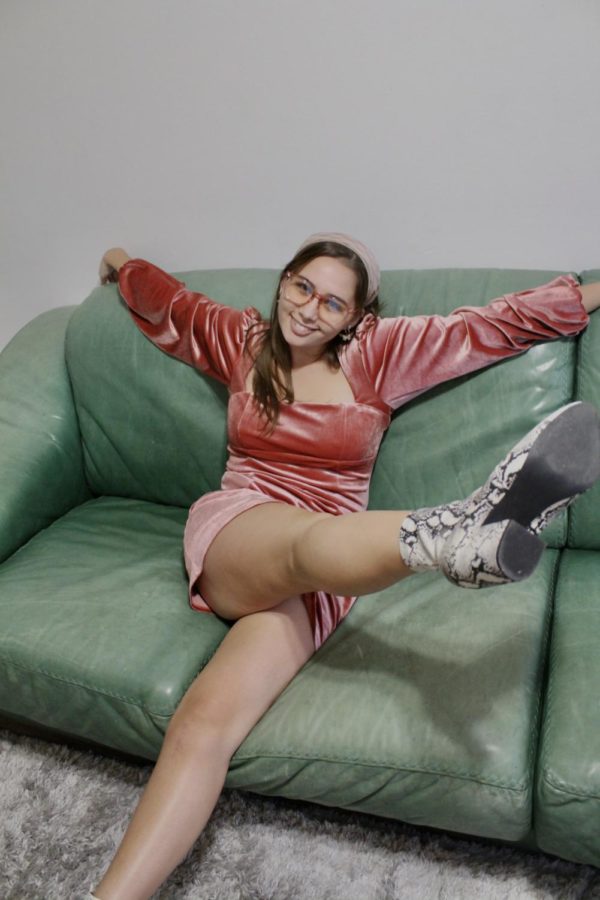Fashion trends of the 1960s
December 7, 2020
The 1960s were an iconic decade in regards to fashion and especially noteworthy for breaking gender norms in dress at the time. The pantsuit became popularized with the help of first lady Jackie Kennedy and her husband John F. Kennedy made history as the first president to not wear a hat during his inaugural address. This was a pivotal decade in regards to dress.
Political and social movements alike influenced the clothes people wore during this time. The Vietnam War, civil rights movement and second wave feminism were all impactful in their own ways. This also marked the first time numerous styles or trends were popular at one time.
“The civil rights movement marked a new consciousness of African culture, traditions and art that were expressed in dress — natural hair, dashikis and kente cloth became very popular symbols of Black Pride and Black is Beautiful,” said Sara Marcketti, a Morrill professor in apparel, events and hospitality management.
Additionally denim, tie-dye and long skirts and beads were popularized by protesters and students alike that is often referred to as being “hippie fashion.”
Current trends that are inspired from 1960s fashion are things like classic blue jeans, mini skirts, sleeveless A-line styles and of recycled and upcycled clothing or textures and patterns borrowed from other textile traditions. Colored tights, boots and turtleneck sweaters all rose to extreme popularity within the decade.
The 1960s were also heavily influenced by Britain when it came to fashion. Icons like the Beatles, Brigitte Bardot and Twiggy were all style icons for fashion and very much represented some of the more mainstream trends throughout the 1960s. The popular mod fashion trend that is characterized by modern designs and bright colors was often referred to as the “London look” because it originated in 1950s London. It gives a very youthful look that the ‘60s fashion has been recognized for having.
A few unique traits of 1960s fashion trends was the influence from the youth market and the normalization of some gender fluidity in fashion. Although some women began wearing pantsuits and became more comfortable bearing skin, it was not widely accepted all at once.
“The women’s movement saw a rise in the use of pantsuits — but they were NOT universally accepted,” Marcketti said. “In fact, some restaurants, businesses and schools refused service to women wearing pants.”
Men’s dress also became more flexible to include styles that were previously associated with being feminine. The 1950s saw a stark difference in fashion, but especially men’s dress. Wearing a hat and black or gray suit was not the normal expectation anymore and this was reflected in the bright colors and patterns that were popular for men at the time.
We still see influences of the 1960s in current trends that are popular today and paying homage to the ‘60s in dress is easier than you might think. Ways to give your wardrobe a 1960s-inspired look can be as simple as thrifting a pair of bell-bottoms or finding a pair of brightly colored tights to wear underneath a shift dress. Textures like wool or denim were staples in the 1960s and a plaid pair of pants might be the easiest way to get a 1960s look.
Trends in fashion are temporary but cyclical and what is currently trending is usually something we have already seen before. Typically a trend will repeat itself every 20 to 30 years. Looking for fashion inspiration can easily be found by reflecting on past trends and usually gives you an idea of what might be coming into style next.







